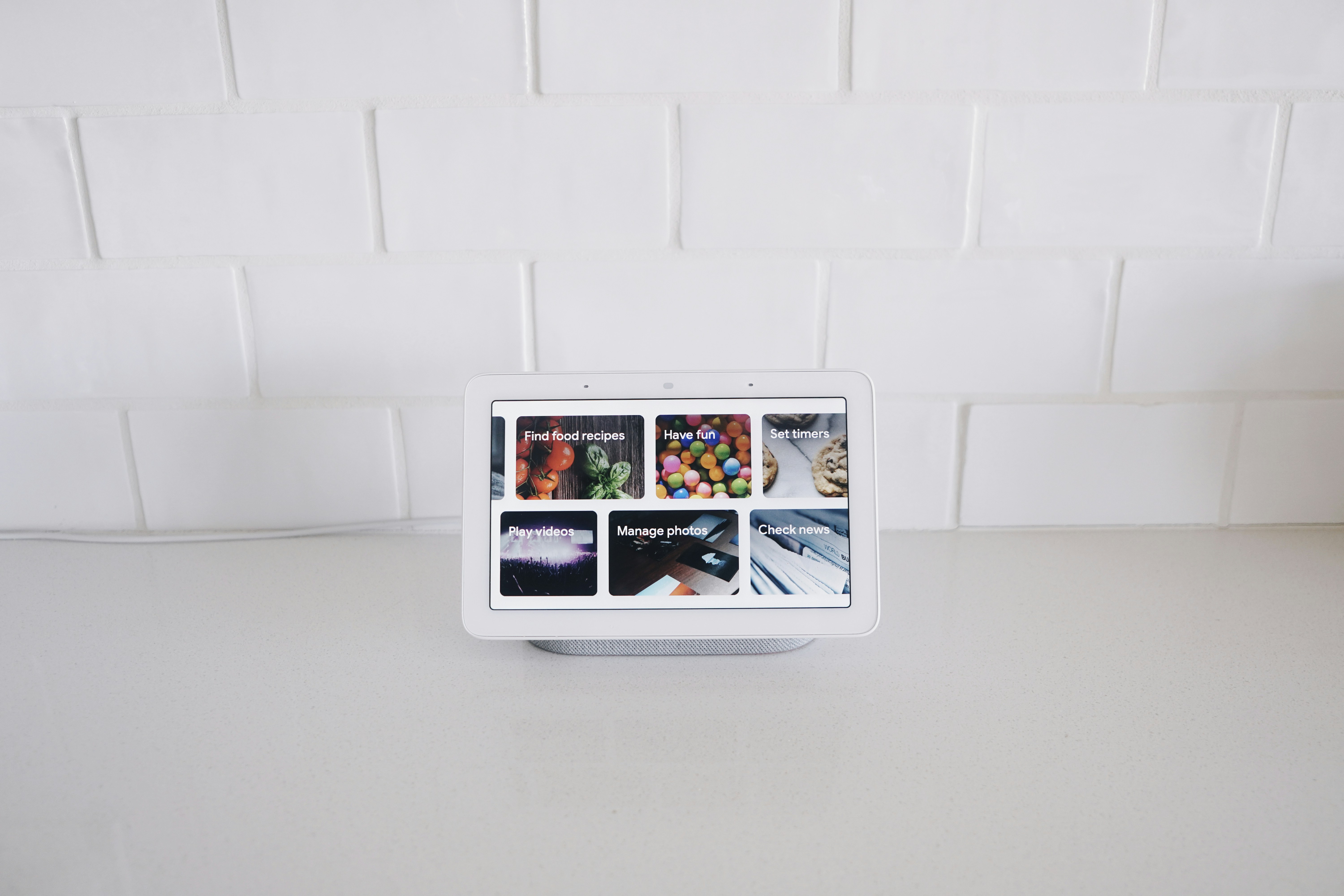Understanding Smart Appliances
Smart appliances represent a significant advancement in household technology, designed to enhance efficiency and convenience in daily living. These devices leverage cutting-edge technology to connect seamlessly with other smart devices, offering users a range of functionalities that are not attainable with traditional appliances. At their core, smart appliances integrate connectivity features, allowing them to communicate with users and each other through Wi-Fi or Bluetooth, creating a cohesive ecosystem within the home.
A key benefit of smart appliances is automation. Smart ovens, for instance, can be programmed remotely to preheat while users are commuting home, or refrigerators can provide alerts if food items are nearing expiration. This level of control not only saves time but also increases energy efficiency, as users can monitor and manage their appliance usage from their smartphones. Moreover, many smart appliances feature energy-saving modes that automatically adjust operation settings based on usage patterns, contributing to lower energy bills and a smaller environmental footprint.
Another distinguishing factor is the user-friendly interfaces found in smart appliances. Many products come equipped with touch screens or voice control capabilities, making them accessible and easy to use. The integration of artificial intelligence further enhances their functionality, allowing devices to learn from user behaviors and preferences over time. This adaptability means that smart appliances are designed to evolve with the household, ultimately improving the overall user experience.
In summary, smart appliances afford homeowners unprecedented levels of control, efficiency, and convenience, marking a departure from their traditional counterparts. As technology continues to advance, upgrading to smart appliances in 2025 not only offers potential energy savings but also enriches the daily living experience, providing users with tools that cater to their increasingly connected lifestyles.
Current Trends in Smart Appliances
The smart appliance market is rapidly evolving, demonstrating a clear trajectory towards enhanced functionality and user-centric designs. As of 2023, several significant trends are emerging that are likely to persist into 2025. One of the most notable advancements is the integration of artificial intelligence (AI) and machine learning within smart appliances. These technologies empower devices to learn from user behavior, enabling more intuitive interactions. For example, refrigerators equipped with AI can track food inventory, suggest recipes based on available ingredients, and even notify users when items are nearing expiration.
Moreover, the integration of smart home systems continues to gain traction. Appliances are increasingly being designed to synchronize seamlessly with smart home ecosystems, allowing users to control various devices through a single interface. This interconnectedness enhances convenience and encourages energy efficiency. Consumers can manage their thermostats, lighting, and security systems alongside their dishwashers and washing machines, creating a comprehensive smart living experience.
In addition to technological advancements, sustainability remains a critical focus within the smart appliance sector. Manufacturers are increasingly prioritizing energy-efficient designs and environmentally friendly materials. The move toward sustainability resonates with a growing demographic of consumers who value eco-conscious products. Smart appliances equipped with energy consumption monitoring capabilities enable homeowners to reduce their carbon footprint, which aligns with broader trends toward sustainability in home practices.
Understanding consumer preferences is essential for navigating the smart appliance landscape. Popular categories such as smart refrigerators, washing machines, and oven systems are becoming the focal points of innovation. As the market continues to mature, discerning which advancements justify an upgrade will be paramount for buyers planning for 2025. Overall, the confluence of AI, smart home integrations, and sustainability will shape the future of smart appliances, making them more appealing and functional for consumers.
Cost vs. Value: Is It Worth Upgrading?
As consumers consider whether to invest in smart appliances in 2025, it is essential to evaluate the balance between initial costs and the value they provide over time. Smart appliances generally come with higher upfront expenses compared to their traditional counterparts. However, understanding the long-term savings and benefits can help guide this decision. Key factors warrant consideration, including potential energy savings, maintenance costs, convenience, and the impact on the overall home value.
Energy consumption is a pivotal aspect when evaluating smart appliances. Many modern devices are designed with energy efficiency in mind, which can significantly lower utility bills over their lifespan. For instance, smart refrigerators often feature more effective insulation and energy-saving modes that reduce electricity usage. Similarly, smart washing machines provide settings that optimize water use and electricity consumption tailored to load size, enhancing both efficiency and cost-effectiveness.
Beyond immediate savings, smart appliances can increase property values. Homebuyers are increasingly attracted to residences equipped with the latest technology, often willing to pay a premium for modern conveniences such as integrated smart ovens and programmable thermostats. Consequently, upgrading to smart appliances not only enhances the quality of life but can also serve as a strategic investment in the home.
When considering various appliance categories, conducting a detailed cost-benefit analysis is imperative. Take washing machines, for example; while a traditional model may have a lower initial price, a smart model could lead to savings in energy costs and increased resale value. Similarly, regarding ovens, the convenience of remote operation and precise temperature control with a smart appliance can expedite meal preparation, showcasing their practicality.
Ultimately, consumers must assess individual needs and budgets, weighing immediate costs against potential long-term savings and benefits, to determine if upgrading to smart appliances is indeed worth the investment in 2025.
Tips for Choosing the Right Smart Appliances
As consumers navigate the landscape of smart appliances in 2025, making informed decisions becomes crucial to ensure a valuable investment. Start by assessing compatibility with existing smart home systems. This entails researching whether the new appliance can seamlessly integrate with devices such as smart speakers and hubs. Ensuring compatibility can simplify operation and enhance your home automation experience.
When evaluating smart appliances, certain features should be prioritized. Look for appliances that offer advanced connectivity options, user-friendly interfaces, and robust energy efficiency ratings. Additionally, consider appliances that provide monitoring and control features through mobile applications, as these can significantly enhance convenience. It is also beneficial to research brand reliability, as established brands typically offer better support and long-lasting products.
Customer reviews play a pivotal role in understanding the real-world performance of smart appliances. Encourage thorough examination of user experiences to identify potential issues and benefits associated with specific models. Attention should also be paid to warranty conditions and the availability of customer support services. A comprehensive warranty can provide peace of mind, especially for higher investment appliances.
For optimal integration of smart appliances into your home, thoughtful placement and setup are essential. Ensure that appliances are installed in locations conducive to connectivity and usability. Making use of voice commands and app controls can streamline daily tasks, providing added convenience for users. Maintaining an open line of communication with manufacturers for troubleshooting and updates can further enhance your smart appliance experience.
By taking the time to consider these factors, consumers can make educated decisions when selecting smart appliances that are worthy of an upgrade in 2025.
If you’re interested in purchasing the item you seek, please click the link for additional details: #americanachoice.
https://amzn.to/3SBN3Oy
AFFILIATE DISCLOSURE: I am an affiliate for this company, I am not a paid employee.
I may receive a commission if you click a link on this page and choose to purchase something.
You can rest assured I will only share things I believe in and will be valuable to you.



